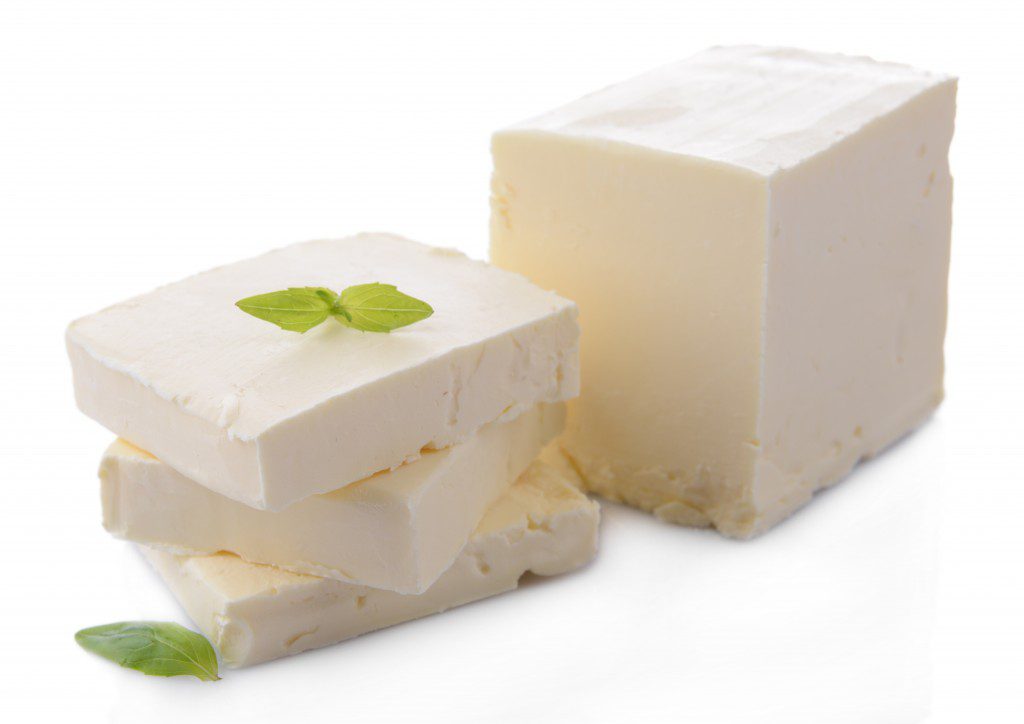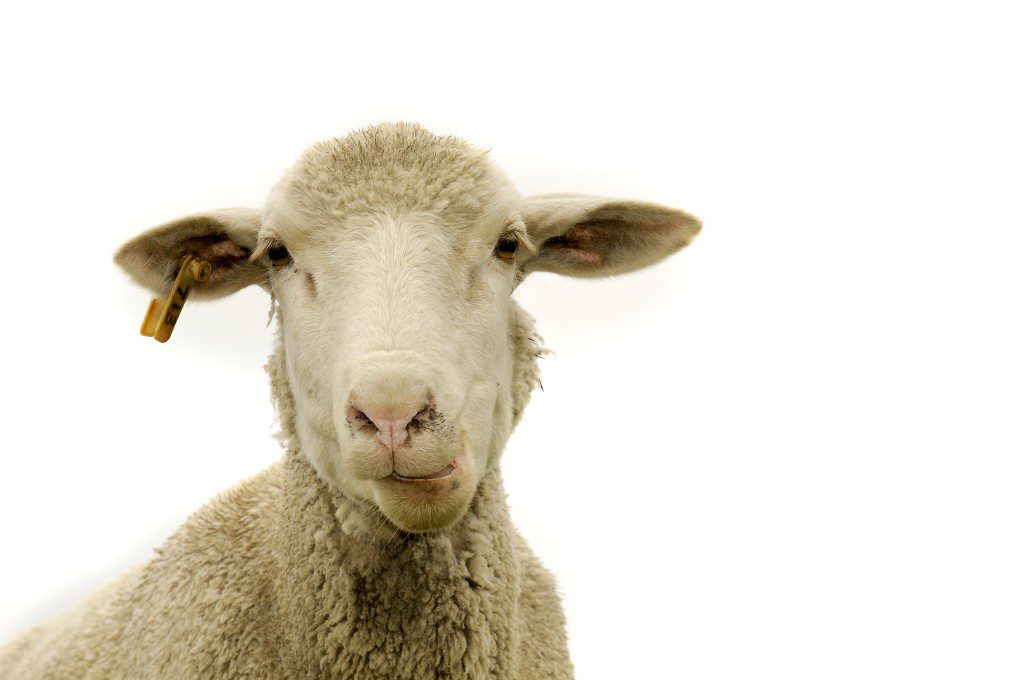 Oklahoma is, undoubtedly, an agricultural state. Huge fields of crops like corn, wheat and sorghum line the roads of rural highways, stretching to the horizon.
Oklahoma is, undoubtedly, an agricultural state. Huge fields of crops like corn, wheat and sorghum line the roads of rural highways, stretching to the horizon.
But these huge cash crops, while important, are not the only sources of agriculture in the state. Specialty farms that focus on a niche market, while smaller in production, add up to make a serious impact on the state’s economy. And with the recent bipartisan passing of a new, 10-year farm bill that will expand insurance on crops and other agribusiness benefits, these specialty farms will benefit.
For new farmers just starting their careers, beginning a specialty farm might be a more economical choice, says Jason Harvey, a market development coordinator for the Oklahoma Department of Agriculture. The average age of Oklahoma farmers is rising hand-in-hand with land prices.
“Individuals just starting out are able to raise non-traditional crops and livestock on smaller parcels of land with fewer economic inputs, compared to what it would cost for more traditional types of agriculture,” Harvey says.
Today, about 25 percent of the farms in Oklahoma are 50 acres or smaller. To be considered a farm by the U.S. Department of Agriculture, one simply needs to have the potential to sell $1,000 worth of product in a year, says Wil Hundl, USDA state statistician for Oklahoma.
“Even after the drought in 2011 and 2012,” Hundl says, “there is still a big amount of small fruit and vegetable farms that run on garden plots of about two or three acres.”
What Hundl calls “fruit and vegetable farms” brought in several million dollars worth of revenue last year.
In 2013, sales of specialty crops and other agricultural products at Oklahoma farmers’ markets totaled $3.9 million in revenue to Oklahoma specialty farmers, Harvey says.
Specialty farms do more than support the state’s economy, however, and some farmers, like Jordan Rogers of Wagon Creek Creamery, argue that their value is better estimated in qualitative terms.
Cream of the Crop
Wagon Creek Creamery, located in northwest Oklahoma near the community of Helena, specializes in grass-fed dairy and beef. It’s Greek yogurt, butter and cheese products are popular items.
“Our products are special,” says Jordan Rogers, the lead farm hand, milker and animal caretaker. “They may cost more, but that cost includes environmental sustainability, cleaner water, animal welfare and often greater nutritional quality than what the store can provide.”
These benefits also include products that are guaranteed to be free of pesticides, herbicides and chemical fertilizers, and Wagon Creek is the only farm in Oklahoma that offer 100-percent grass-fed dairy products.
Producing grass-fed dairy is a labor-intensive endeavor.
“We begin each day with milking cows,” Rogers says. “The amount of cows we milk varies, but usually there are around 30. Much of the remainder of the day is spent feeding cows, and by feeding them, I mean moving them. Our cows eat tremendous amounts of grass. We practice a style of grazing called management-intensive grazing.”
With this type of grazing, cows are given a small strip of grass at a time instead of an entire pasture, Rogers says, giving the rest of the land time to grow and allowing the farm to keep more cows than they could otherwise.
This system makes sense on a local level, too.
“In your conventional dairy operation, cows in California may be eating corn grown in Iowa, and then their milk ends up in Oklahoma. Imagine the incredible transportation resources and infrastructure alone that are required to make that possible,” Rogers says.
Rogers chose to pursue an occupation as a farmer while he was in college. He then came to work at Wagon Creek, which is owned by a friend’s family.
“I became very critical of the way our economy is currently structured,” Rogers says. “I thought that attempting to establish a small, local economy based on sustainable agriculture is the modern response and contradiction to a global economy geared towards profit.”
























